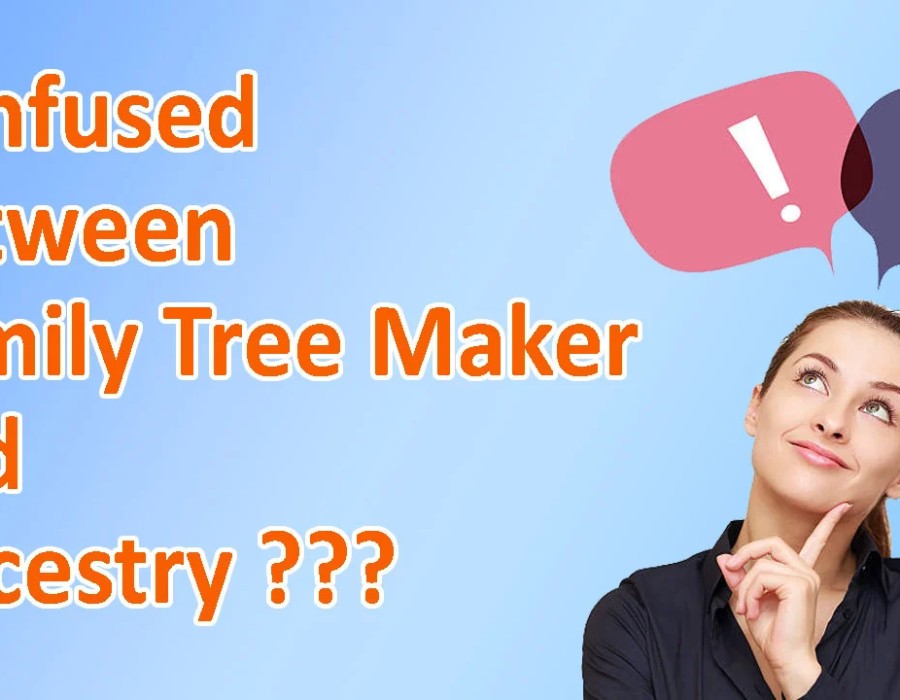When it comes to exploring your family history, two popular software options are Ancestry and Family Tree Maker. Both tools are designed to help individuals trace their ancestry, build family trees, and organize genealogical data. However, they differ significantly in terms of features, functionality, and overall user experience.
Ancestry is primarily an online platform that offers a vast database of historical records, making it easier for users to search for and discover their ancestors. Its extensive collection includes census data, birth and marriage records, military documents, and more. Users can create family trees directly on the Ancestry website and can also access DNA testing services to enhance their research. Ancestry's collaborative features allow users to connect with others researching similar family lines, facilitating the sharing of information and resources. The platform's user interface is designed for accessibility, making it a popular choice for beginners and seasoned genealogists alike.
In contrast, Family Tree Maker is a desktop application that focuses on offline family tree building and organization. It offers a more traditional approach to genealogy, allowing users to create detailed family trees and manage their information without requiring an internet connection. Family Tree Maker provides a variety of tools for documenting sources, adding notes, and creating reports, making it particularly useful for those who prefer a comprehensive and customizable experience. The software also allows for the integration of Ancestry.com features, enabling users to sync their family trees with their Ancestry accounts for easy access to historical records and collaboration with other researchers.
One significant difference between Ancestry and Family Tree Maker lies in their pricing structures. Ancestry operates on a subscription model, which grants users access to its extensive databases and record collections for a recurring fee. Family Tree Maker, on the other hand, is a one-time purchase, giving users full ownership of the software without ongoing costs. However, users who wish to access Ancestry’s records through Family Tree Maker will still need an Ancestry subscription.
Ultimately, the choice between Ancestry and Family Tree Maker depends on individual preferences and research styles. Those who favor online resources and community collaboration may find Ancestry to be more suitable for their needs. In contrast, individuals who appreciate offline capabilities and detailed organization might lean towards Family Tree Maker. Understanding the key differences between Ancestry and Family Tree Maker can help genealogists select the best tool for their family history exploration.





Comments